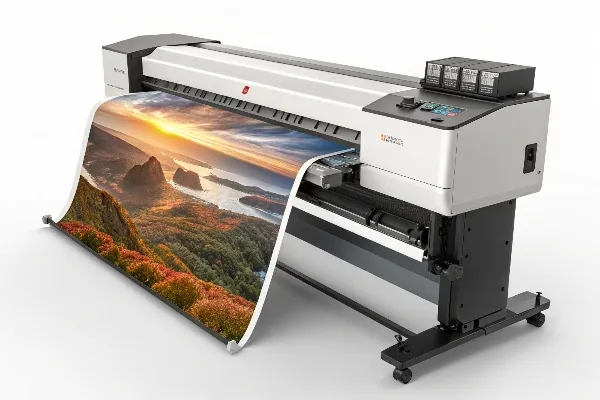Avoid your inquiry is delay response, please enter your WhatsApp/WeChat/Skype along with the message, so we can contact you at the very first time
We will reply you within 24 hours. If for urgent case, please add WhatsApp: +8617888313102, or WeChat: +86 17864107808. Or call +86 17864107808 directly.
*We respect your confidentiality and all information are protected. We will only use your information to respond to your inquiry and will never send unsolicited emails or promotional messages.
Looking to upgrade your printing capabilities? Whether you’re in architecture, design, advertising, or textile production, choosing the right large format printer or wide format printer can drastically impact your productivity and output quality. This article will walk you through everything you need to know about the current market, technologies, applications, and top printer solutions available today.
A large format printer (also known as a wide format printer) is a type of printing equipment designed to produce prints that are much larger than traditional A4 or A3 printers. These printers are widely used in CAD drawings, signage, banners, and photography due to their high resolution and wide printing capabilities.
Modern inkjet printing technology enables these printers to precisely apply ink on a wide variety of substrates including paper, canvas, vinyl, and PVC. Whether you’re printing for technical designs or promotional materials, these printers offer both size and precision.
Wide format printing allows businesses to print visuals on a larger scale. The benefits include:
These printers are perfect for printing and cutting, textile printing, and sign and graphics creation. The ability to print directly on various materials makes them highly versatile.

Industries that benefit from large-format printing include:
Each sector has specific needs for print quality, print speeds, and printing process adaptability.
Both inkjet printers and plotters are used for producing high-quality graphics. However, they differ in function:
While plotters still have a place in the market, most modern professionals prefer format inkjet printers for their speed and color accuracy.

Let’s compare some of the leading printer brands:
Choosing the right brand depends on your specific printing needs and printing capabilities.
For textile and apparel industries, print technology must be both vibrant and durable. Here’s how they compare:
These methods are vital for custom clothing, sportswear, and fashion. They offer impressive print quality and wash durability.
Flatbed printers use a non-moving bed to print on rigid substrates. A UV flatbed printer adds UV LED technology to instantly cure the ink, resulting in:
They are widely used by format printer companies producing wide range of products for indoor and outdoor use.

For signage and banners, you need a printer with:
VersaObject CO-i Series and ValueJet are good options for high-volume sign and graphics printing.
The large format printer market is projected to grow due to rising demand in digital printing, retail branding, and apparel and textiles. Emerging technologies include:
Wide format printer manufacturers are investing in energy-efficient models and expanding printing systems capabilities to address global market needs.